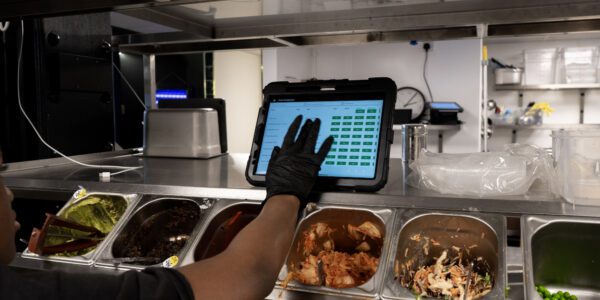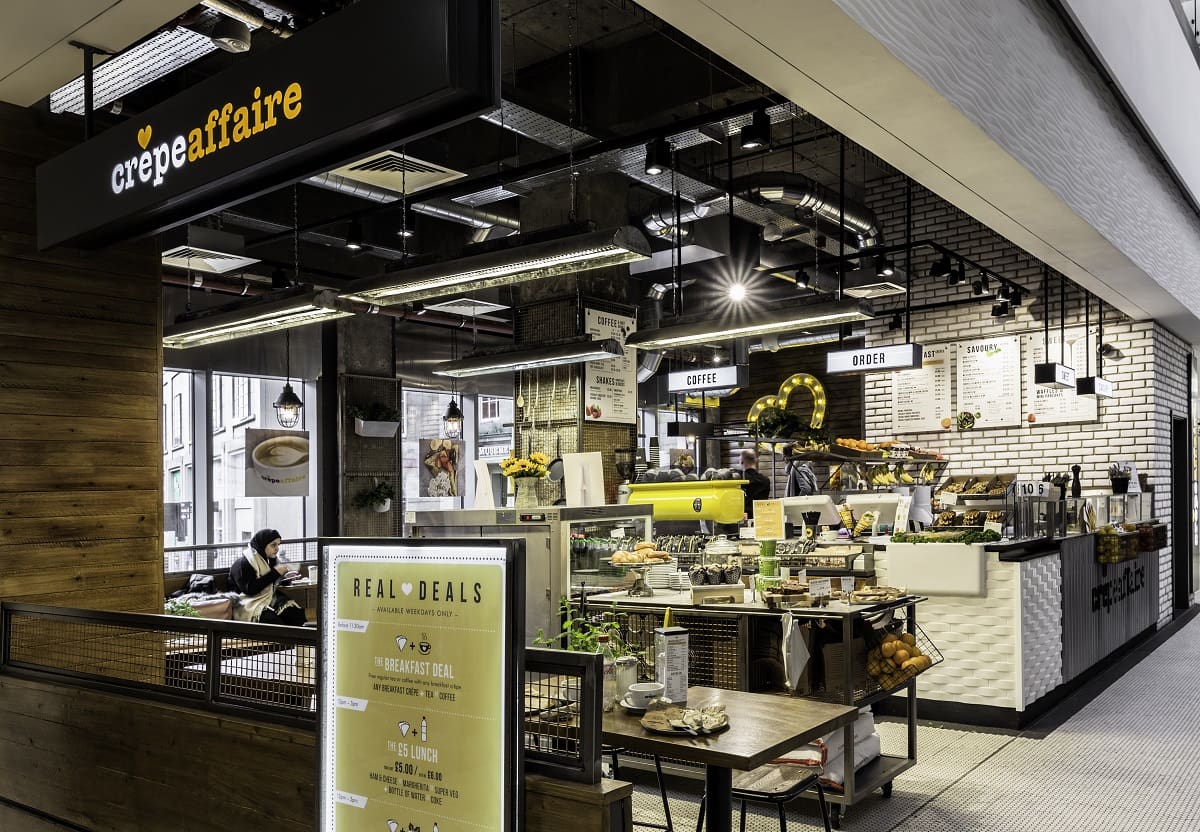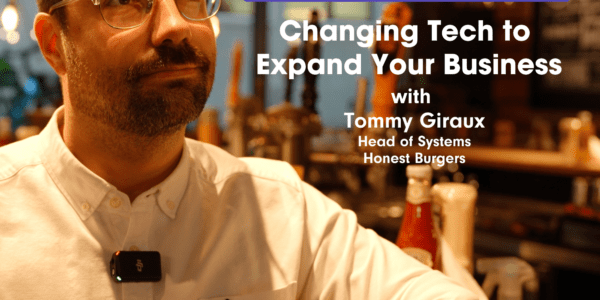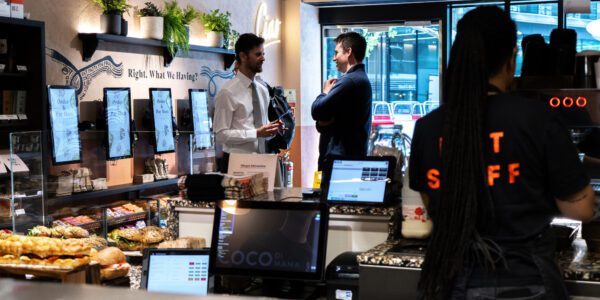The role of technology in driving efficiency
A look at technology’s role in driving efficiency for hospitality operations, and strategies you can implement today to get the most out of your tech.

Discover why your operation will struggle to grow if you choose not to update your hospitality tech.
Hospitality is a fast-moving industry – one that doesn’t leave room for operations that don’t change with it.
As hospitality tech has evolved, operators have had to keep up with an ever-changing variety of options to manage the order cycle.
However, because of the many options available, the perceived cost of changing tech, and the fear of things going wrong, making a decision about new tech can be difficult.
So difficult, in fact, that some businesses ultimately choose to stand still.
That’s despite 67% of operators at larger brands feeling frustrated with their POS provider. Sticking with the old – despite the ongoing challenges – can seem like the best option.
But in today’s hospitality landscape, standing still is a surefire way to get left behind.
In reality, not only are you actually cutting yourself off from real revenue, there are steeper costs to inaction that will impact your business in devastating ways.
“Tech is very simple: just make it easy for the customer, in the way that they want to do it.
Hospitality certainly used to be run by older gentlemen who were in a certain mindset, and they would put their wants and needs before the customer. They would say things like, “Oh, apps. I’m glad that’s gone. Order at the table? I don’t like that because hospitality is all about humans.”
Well, research shows that 65% of customers would visit a restaurant more often if they offered self-service. 30% of customers said they prefer to order from a touchscreen.
That blows that out of the water. So it’s never about you: it’s about the customer.”
If you haven’t updated your hospitality tech for a while, chances are your operation on the ground is already grappling with the resulting challenges.
For example, most tech stacks have historically been built with the POS as the central pillar. With the POS provider in place at the centre, operators have turned to separate point solutions to run individual parts of the operation bolted on to the central POS.
This can mean different suppliers delivering your order channels, loyalty scheme, and data requirements – not forgetting each third-party delivery channel you work with.
The reality of this web of different providers and platforms can be a nightmare for the teams actually working in your sites.
For example:
“My biggest frustration with our old tech stack was that it was very fragmented. Nothing integrated well with each other. We had a POS from one provider taking orders; six tablets from different delivery partners; a separate stock system’ and a loyalty app. The systems didn’t speak to each other.”

And that’s not even considering the knock-on effect this can have for your customers. Long queues, a lack of personalisation, inaccurate order fulfilment and loyalty schemes that don’t work across different channels – outdated tech harms more than your team.
The ripple effects of these problems can be devastating for your operation in the long-term.
Symptoms of outdated tech, such as wasted hours on manual admin, lack of flexibility, and no single source of truth make growing your brand next to impossible.
Think about:
Every complexity your current operation suffers from will only multiply as you add new channels, locations or brands to your business.
Standing still will not only make your day-to-day operations more difficult; it will ultimately stop your business from scaling.
Chat with one of our hospitality tech experts to get help evaluating your current tech stack, and discover how the right tech can bring about the long term growth your business deserves.
And it’s not just about how outdated tech is harming you, it’s about what new tech is gaining for your competitors.
All it takes is to look at your competitors who have embraced new technologies and forged an innovative future for themselves to see the opportunities your operation is missing.
Because whilst you’re standing still, other brands are racing ahead.
If you’re sitting idle, your competitors are out there innovating, and potentially stealing your customers. The longer you wait, the more ground you lose, and catching up gets tougher.
Hospitality is a hectic industry. It can be easy to get caught up in the day-to-day and put off making a decision or critically examining your operation.
But taking stock of your current situation is exactly what you need to do to avoid the pitfalls of inaction.
Here are a few questions to ask yourself to get started:
Making a decision doesn’t have to be stressful or difficult.
By answering these questions and taking proactive steps to address any issues, you can avoid the cost of inaction by making firm and confident decisions and positioning your business for long-term success.
Because when it comes to the cost of inaction, the price is just too steep to pay
“As pioneers, for us, it’s always a question of whether the technology would ever be or will ever be possible. Change is hard as a business; so it’s critical to find the right partner, committed to building best-in-class tech together, constantly. The results then speak for themselves.”
“It’s a closed loop. You have everything in one circle. For example, you have your loyalty, kiosk, Click and Collect, and delivery, all in the same pocket, and that helps a lot to get faster data than before.
On a daily basis, we used to spend on average – per location and per manager – two hours filling in numbers, and doing things in an excel sheet, which also includes human error. But when you have a closed circle that will eliminate the error margin, it will lower it down.
If you don’t have your systems in one consolidated, space, you have to build integrations, maintain them. So it takes you a lot of time and effort to set up a new restaurant.
But if you have one provider who has everything for you, then it’s a lot easier for you just to copy and paste all the settings to maintain it and to move forward.
And that’s why it’s important.“
Change can be hard, but it’s necessary to ensure your operation is set up to scale.
Chat to one our tech experts to learn more about how innovative, growing brands are using tech, and how you can set your own operation up for the same success.
A look at technology’s role in driving efficiency for hospitality operations, and strategies you can implement today to get the most out of your tech.


The right hospitality tech partner does more than provide software. They collaborate, innovate, and scale with your business.
